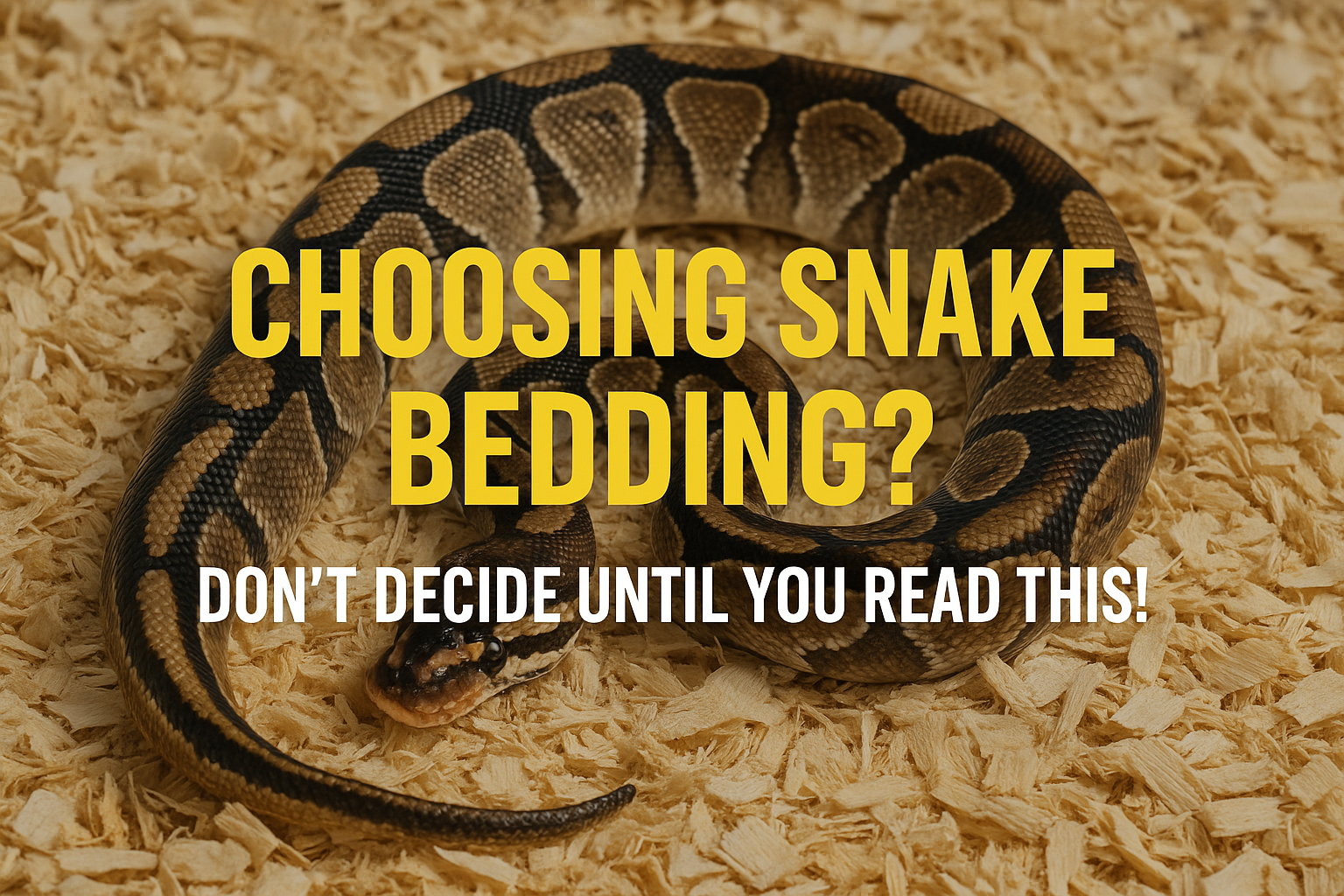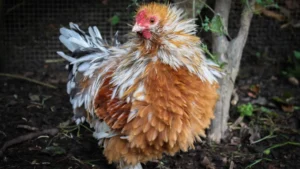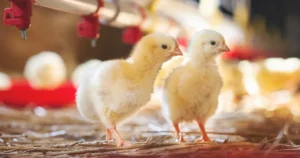Choosing Snake Bedding? Don’t Decide Until You Read This!
Keeping a snake as a pet is a unique experience that requires specific care—especially when it comes to creating the...

Keeping a snake as a pet is a unique experience that requires specific care—especially when it comes to creating the ideal habitat. One of the most overlooked but crucial aspects of snake care is selecting the right snake bedding. Whether you’re a first-time reptile parent or an experienced herpetologist, understanding the types, benefits, and risks of different bedding options is essential for your snake’s health and well-being.
Why Snake Bedding Matters
Snakes are ectothermic (cold-blooded), meaning they rely on their environment to regulate body temperature. Proper bedding helps maintain humidity, supports burrowing behavior, and absorbs waste and odor. Without the right bedding for snakes, you could be exposing your pet to respiratory issues, stress, or even skin infections.
Types of Snake Bedding: What’s Available?
Here’s a breakdown of common snake bedding materials and how to choose the best fit for your reptile:
1. Aspen Shavings
- Great for snakes that like to burrow.
- Excellent odor control.
- Easy to spot-clean.
- Not ideal for high-humidity enclosures.
2. Coconut Husk (Coco Fiber)
- Natural and eco-friendly.
- Retains moisture well—perfect for tropical snakes.
- Encourages natural digging and burrowing.
3. Cypress Mulch
- Maintains humidity without molding easily.
- Soft and comfortable for the snake.
- Needs occasional stirring to avoid compaction.
4. Paper-Based Bedding
- Made from recycled paper.
- Highly absorbent and dust-free.
- Best for snakes with allergies or post-surgical recovery.
5. Reptile Carpet
- Reusable and easy to clean.
- Prevents ingestion of substrate.
- Doesn’t allow for natural burrowing.
❌ Snake Bedding Materials to Avoid
While there are plenty of safe options, some substrates should be avoided at all costs:
- Cedar and Pine Shavings: These contain oils that are toxic to reptiles.
- Sand: Can cause impaction if swallowed.
- Gravel: Not absorbent and can cause injury.
How to Choose the Right Bedding for Your Snake
The best bedding for snakes depends on several factors, including species, humidity requirements, behavior, and enclosure type. Here’s how to make an informed choice:
✅ Consider Your Snake’s Natural Habitat
- Ball pythons and boas thrive in humid environments—opt for cypress mulch or coconut fiber.
- Corn snakes and king snakes prefer drier bedding like aspen.
✅ Check Humidity Levels
If your snake needs high humidity, choose moisture-retaining bedding like coconut husk. For arid environments, use aspen or paper bedding.
✅ Prioritize Cleanliness
Select a substrate that makes spot-cleaning easy and supports odor control.
How Often Should You Change Snake Bedding?
- Spot clean daily to remove waste.
- Deep clean and replace all bedding every 3–4 weeks or sooner if it starts to smell or becomes moldy.
Keeping the habitat clean helps prevent mites, mold, and harmful bacteria.
Expert Tip
Always buy high-quality snake bedding from trusted reptile supply stores. Substandard materials can contain parasites or toxic chemicals. A good practice is to read product reviews or consult with your exotic vet for bedding recommendations.
Snake Bedding Recommendations
If you’re still unsure which bedding to go with, start with small quantities of different types and observe how your snake behaves. Are they burrowing happily? Is the humidity consistent? Are they shedding properly? Your snake’s behavior will often guide your decision better than anything else.
Want to Learn More About the Best Snake Bedding for Your Pet?
We’ve compiled a full guide that explores everything you need to know about snake bedding, including product reviews, humidity ratings, and care tips. Make the right choice for your slithery friend today!
Final Thoughts
Choosing the right snake bedding is more than just a convenience—it’s a critical component of responsible snake care. From moisture retention to hygiene, the bedding you choose can impact your snake’s health, behavior, and longevity.
Before you make your next purchase, remember: not all bedding for snakes is created equal. Do your research, observe your snake’s behavior, and always opt for high-quality, reptile-safe materials.
If you’re ready to explore the best options available, check out our comprehensive snake bedding guide with reviews and care insights tailored to every snake owner.
FAQs: Snake Bedding
Q1. How often should I clean or replace snake bedding?
You should spot clean daily and replace the entire bedding every 3–4 weeks or as needed depending on smell and moisture levels.
Q2. What’s the best bedding for snakes with respiratory issues?
Paper-based or reptile carpet bedding is best as they’re dust-free and reduce the risk of respiratory problems.
Q3. Can I use soil from my backyard as snake bedding?
It’s not recommended. Backyard soil may contain parasites, bacteria, or pesticides that can harm your snake.
Q4. Do snakes need bedding for comfort or is it just for hygiene?
Both. Bedding helps with temperature and humidity regulation, hygiene, and allows for natural behaviors like burrowing.
Q5. What’s the most eco-friendly snake bedding?
Coconut fiber and cypress mulch are both biodegradable and sourced sustainably, making them excellent eco-friendly choices.







